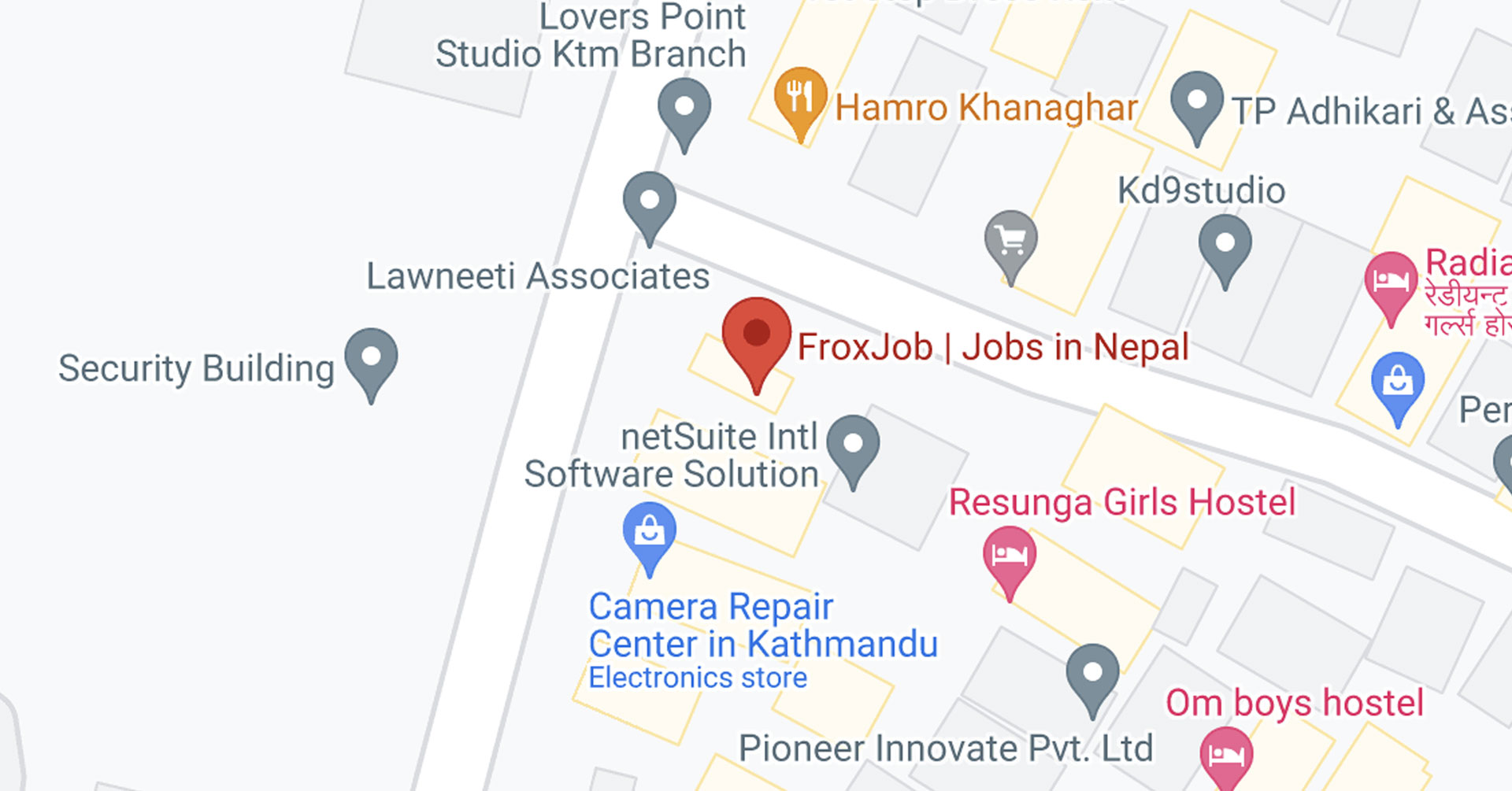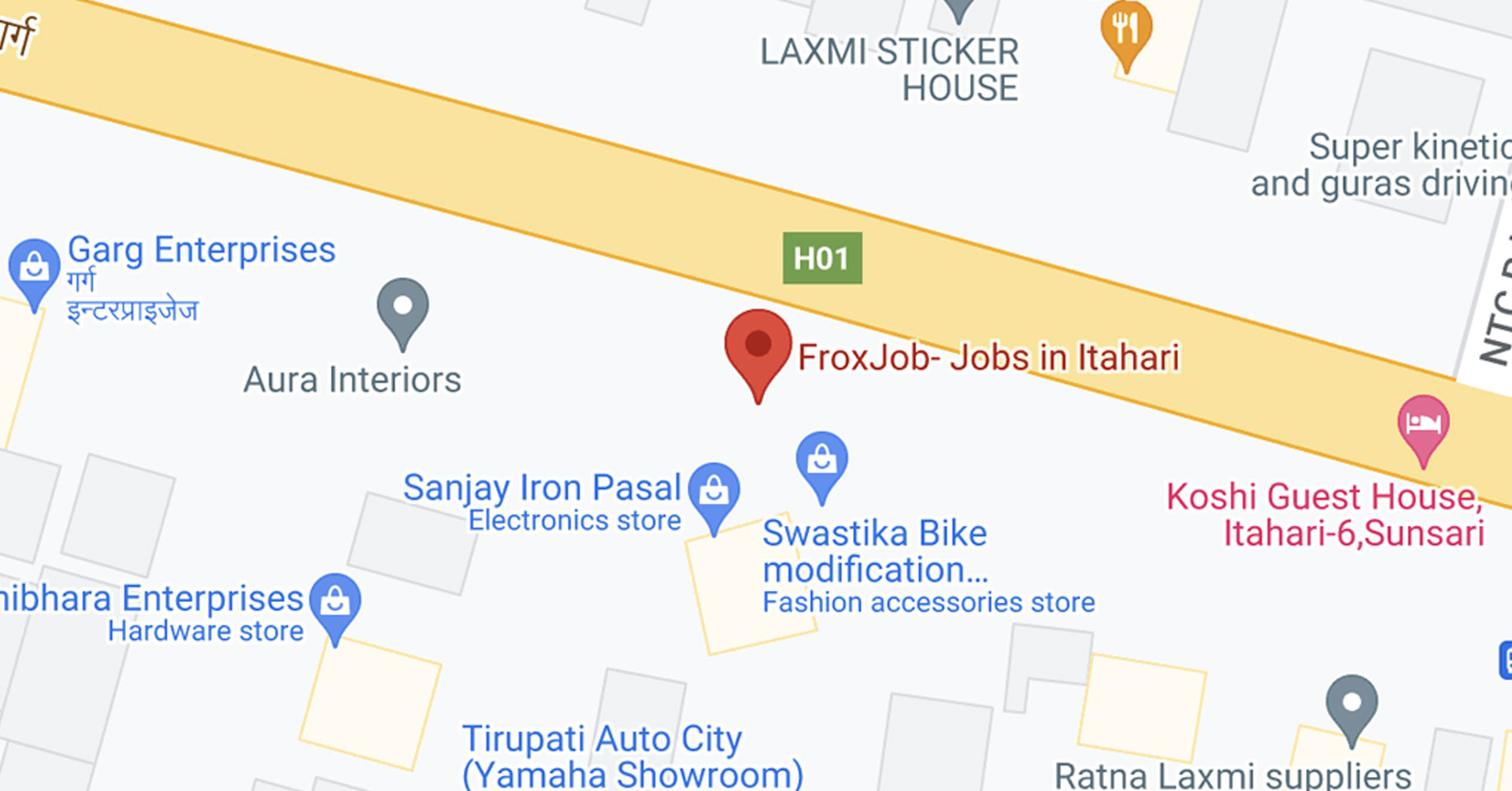Mastering the Art of Attracting C-Suite Talent in Nepal: A Strategic Guide

Understanding the Landscape of C-Suite Hiring in Nepal
Attracting C-suite executives in Nepal requires more than just competitive compensation. These roles eg Chief Executive Officer (CEO), Chief Operating Officer (COO), Chief Financial Officer (CFO), and others demand visionary leaders with strategic thinking, industry expertise, and cultural alignment. In Nepal's evolving economy, where startups, multinationals, and development sector organizations coexist, the competition for high-level leadership is fierce.
Nepal's executive hiring ecosystem is developing, with limited access to seasoned leaders compared to mature markets. Hence, organizations must rethink traditional recruitment methods and build a structured, insight-driven approach.
Why C-Suite Talent Is Different
Unlike mid-level hires, C-suite leaders impact the direction, stability, and growth of an organization. They require:
- A proven leadership track record
- Deep understanding of the Nepalese market and regulatory frameworks
- Cultural intelligence to lead diverse teams
- Strategic vision and execution capability
Hiring at this level also involves higher stakes. A wrong hire can cause long-term reputational, operational, and financial damage.
Crafting a Strong Employer Brand to Attract Executives
Executive candidates assess a company differently. They evaluate mission, influence, autonomy, and long-term legacy. A compelling employer brand signals vision, stability, and values. Here’s how to build it:
- Communicate Strategic Vision: Showcase how your leadership team influences organizational outcomes. Clearly state where the company is headed.
- Highlight Governance and Transparency: Senior leaders care about decision-making structures, shareholder alignment, and risk management.
- Promote Culture and Impact: Many leaders are motivated by purpose. Emphasize your social contributions, sustainability practices, and inclusion.
An authentic online presence across platforms like LinkedIn, business publications, and your corporate site boosts visibility among executive audiences.
The Role of Executive Search Firms in Nepal
Given the specialized nature of C-level hiring, executive search firms bring expertise, networks, and confidentiality. In Nepal, a few top-tier search partners provide value through:
- Targeted headhunting across local and international markets
- Assessing leadership competencies using psychometrics and structured interviews
- Managing discreet negotiations and onboarding
Working with a firm that understands Nepal’s business climate and talent pool ensures access to passive candidates which are those not actively seeking a change but open to the right opportunity.
Sourcing Executive Talent Beyond Job Boards
Senior leaders rarely respond to open listings. Use multi-channel sourcing strategies that tap into executive circles:
- Direct Outreach: Use LinkedIn or networks to personally connect with candidates.
- Referral Programs: Incentivize existing senior contacts to recommend high-caliber individuals.
- Networking Events: Attend industry-specific forums and leadership conferences.
- Alumni Channels: Tap into MBA programs or leadership institutes in Nepal and abroad.
These approaches help reach leaders who aren't actively job hunting but are open to transformative roles.
The Importance of Confidentiality in C-Level Hiring
C-suite recruitment often involves replacing existing leaders or expanding into competitive domains. Maintaining confidentiality is very essential:
- Use NDA-bound processes with external firms
- Avoid public advertisements when discretion is key
- Limit internal access to hiring information
This protects both the company’s and candidates' reputations, maintaining trust and professionalism throughout the process.
Interviewing Executives: What to Look For
C-level interviews must evaluate more than technical know-how. Key focus areas include:
- Vision and Strategy: Can they design and execute long-term plans aligned with the company’s goals?
- Leadership Maturity: Have they managed crises, transitions, or rapid scale-ups?
- Cultural Fit: Do their values align with the organizational ethos?
- Influence and Presence: How do they interact with board members, clients, and teams?
Involve multiple stakeholders, including board members and peers. Panel-based assessments and case studies also add depth to evaluation.
Onboarding and Retention: The Final Stretch
Securing the right candidate is just the beginning. Effective onboarding ensures leaders transition smoothly and deliver early wins. Prioritize:
- Strategic Alignment: Share internal data, decision frameworks, and business objectives.
- Stakeholder Introductions: Facilitate meaningful conversations with teams and partners.
- Support Systems: Assign executive coaches or mentors.
- Feedback Mechanisms: Provide structured reviews at 30, 60, and 90 days.
For long-term retention, keep C-suite leaders engaged through purpose-driven projects, continuous learning, and alignment with company evolution.
Conclusion: Elevating Executive Hiring in Nepal
Attracting top executive talent in Nepal requires strategic clarity, a strong employer brand, and thoughtful sourcing. It also calls for deep local insight, discretion, and strong post-hire integration. As organizations navigate digital shifts, global competition, and generational leadership changes, investing in smarter C-suite hiring will define the next chapter of growth.





